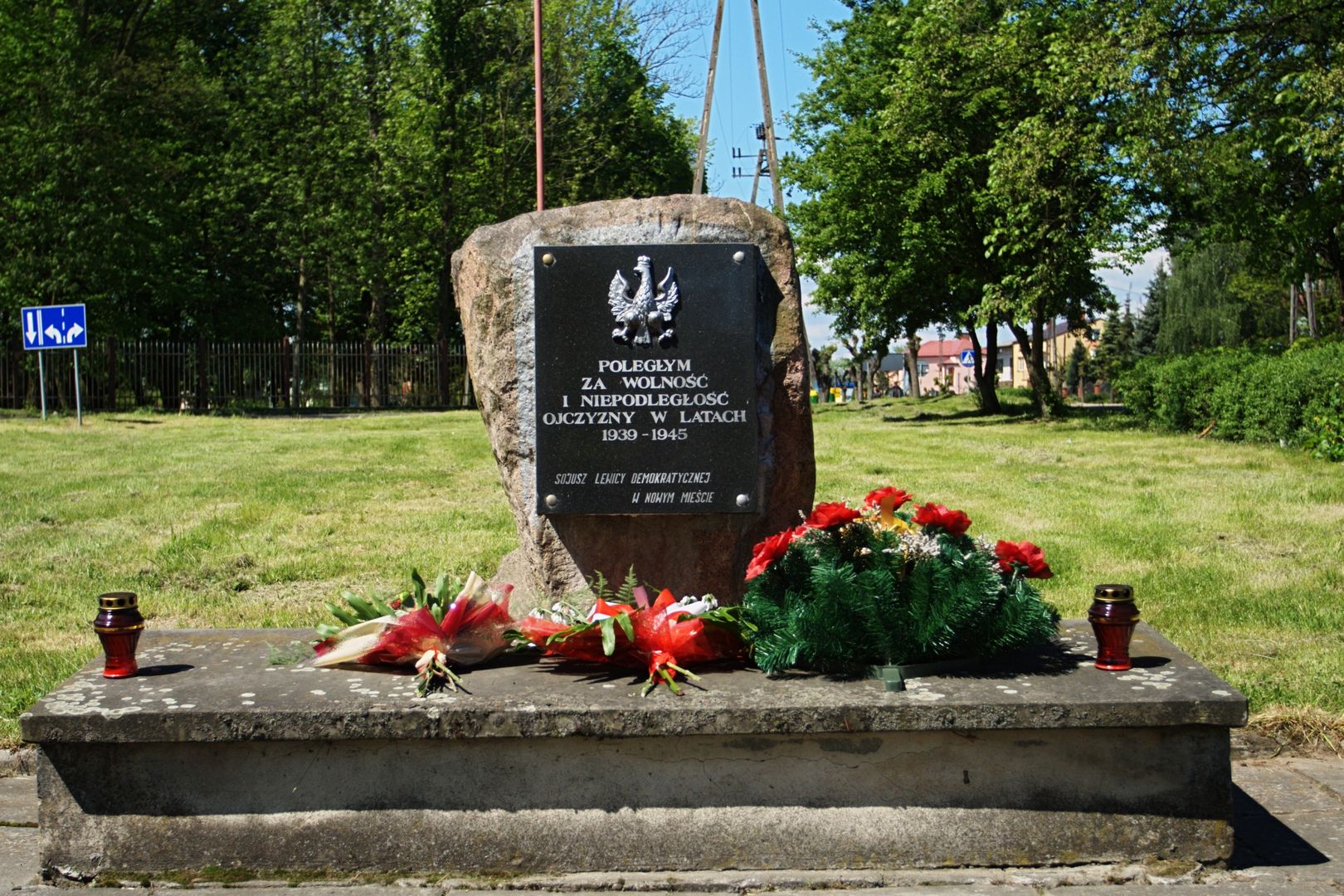Nowe Miasto nad Pilicą
6.24

Overview
Nowe Miasto nad Pilicą is a town located in the Masovian Voivodeship, within the Grójec County, on the Pilica River. The town's history dates back to 1400, when it was granted town rights, evolving from the village of Góra and parts of the lands of Pobiedna. The town played an important role during the development of the textile industry in the 19th century and was known for a health resort that operated for 40 years. Interestingly, Nowe Miasto nad Pilicą lies along historic trade routes connecting Toruń with Lviv and Warsaw with Kraków, which fostered trade development. A significant point in the town's history was the establishment of a Jewish ghetto during World War II, where about 3,700 Jews were confined, most of whom were later murdered in extermination camps. Nowe Miasto nad Pilicą is known for its Capuchin monastery, which was once home to Blessed Father Honorat Koźmiński, the town's patron saint. In terms of architecture, Nowe Miasto features numerous historic sites, including the Church of Our Lady of Sorrows and the 18th-century Capuchin monastery complex. The town also boasts an 18th–20th century palace complex and a 19th-century wooden house. Tourism in the region focuses on kayaking along the Pilica River, as well as local attractions such as the Regional Museum. Nowe Miasto nad Pilicą is also home to the sports club KS Pilica, which plays matches at a renovated stadium. The town offers many basic services, though in recent years it has faced a declining population, partly due to the closure of a local military unit. It is also worth mentioning the unrealized plans to build a film studio town, which highlight the region's cultural potential. Today, Nowe Miasto nad Pilicą is a place with a rich history that blends tradition with modernity, attracting both tourists and residents who appreciate its tranquility and scenic landscapes along the Pilica River.
Location
Tertiary Administrative Division
Nowe Miasto nad Pilicą
County
Grójec County
State
Masovian Voivodeship
Country
2025 Wizytor | All Rights Reserved